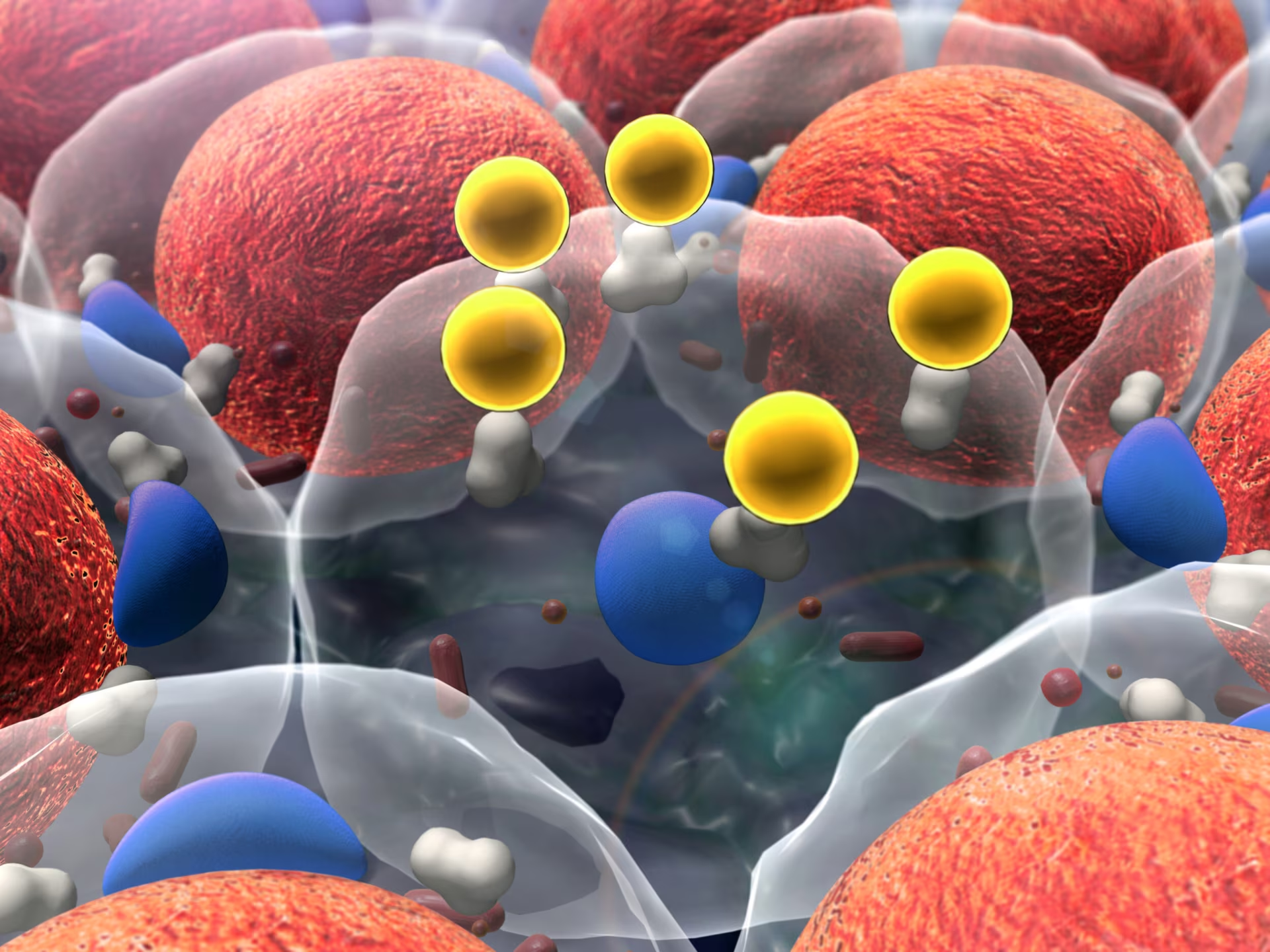Cardiovascular disease (CVD) is the leading cause of mortality worldwide, and an overwhelming body of clinical evidence has demonstrated the efficacy of statin treatment in the prevention of this condition. Therapeutic goals in the prevention of CVD include management of dyslipidemia and of its complications such as hypertension and diabetes. Statins are the most widely used treatment in the management of dyslipidemia and exert their therapeutic action by competitively inhibiting 3-hydroxy-3-methylglutaryl coenzyme A (HMG-CoA) reductase.
Cardiovascular disease (CVD) is the leading cause of mortality worldwide, and an overwhelming body of clinical evidence has demonstrated the efficacy of statin treatment in the prevention of this condition. Therapeutic goals in the prevention of CVD include management of dyslipidemia and of its complications such as hypertension and diabetes. Statins are the most widely used treatment in the management of dyslipidemia and exert their therapeutic action by competitively inhibiting 3-hydroxy-3-methylglutaryl coenzyme A (HMG-CoA) reductase. Inhibition of this enzyme results in upregulation of low-density lipoprotein (LDL) receptors and a reduction in the plasma levels of LDL cholesterol (LDL-C), non high-density lipoprotein cholesterol (non HDL-C), and apolipoprotein B.1 Results from a meta-analysis showed that statins reduce the five-year incidence of major coronary events, coronary revascularization, and stroke by about a fifth for each mmol/l reduction in LDL-C.2
Despite the known efficacy of statins, high LDL-C remains underdiagnosed and undertreated: it is estimated that 71 million US adults (≥20 years of age) have LDL-C levels greater than the National Cholesterol Education Program Adult Treatment Panel III (NCEP ATP-III) goals.3 In the National Cholesterol Education Program evaluation project utilizing novel E-technology (NEPTUNE) II survey, it was found that patients with diabetes (55 %) and other coronary heart disease (CHD) risk equivalents (40 %) were less likely to have achieved their LDL-C targets than those with CHD (62 %).4 Therefore, the use of these drugs at conventional doses may be unsatisfactory for LDL-C management in patients with diabetes, other CHD risk equivalents, and CHD. For such patients, administration of statins at high doses, or concomitant use of other agents for dyslipidemia may be considered.However, such options may increase the risk of serious adverse drug reactions.5
Adverse drug reactions are a significant burden in healthcare and are associated with substantial morbidity, mortality and healthcare costs.6 Although the rate of adverse affects during statin monotherapy is generally low, in rare cases (0.1–0.2 %), statins may cause myositis,7 and in extremely rare cases, life-threatening rhabdomyolysis.7,8 Drug–drug interactions (DDIs) that increase the serum concentration of statins can increase the risk of these muscle-related adverse events.9 The aim of this article is to discuss the patient populations who are most at risk of statin DDIs, and outline dyslipidemia treatment choices that may reduce the risk of DDIs in these patients.
To view the full article in PDF or eBook formats, please click on the icons above.







